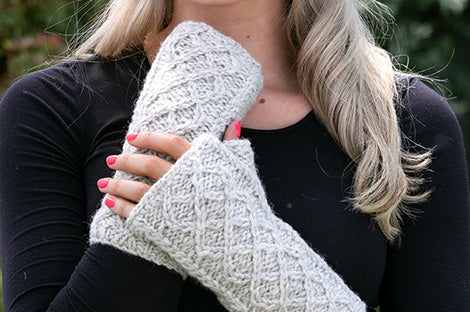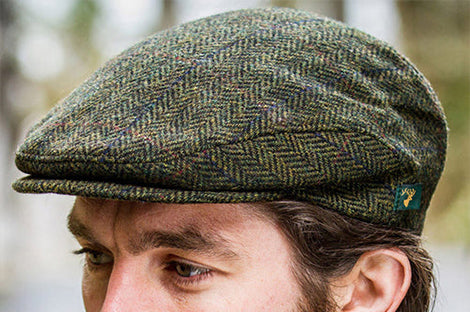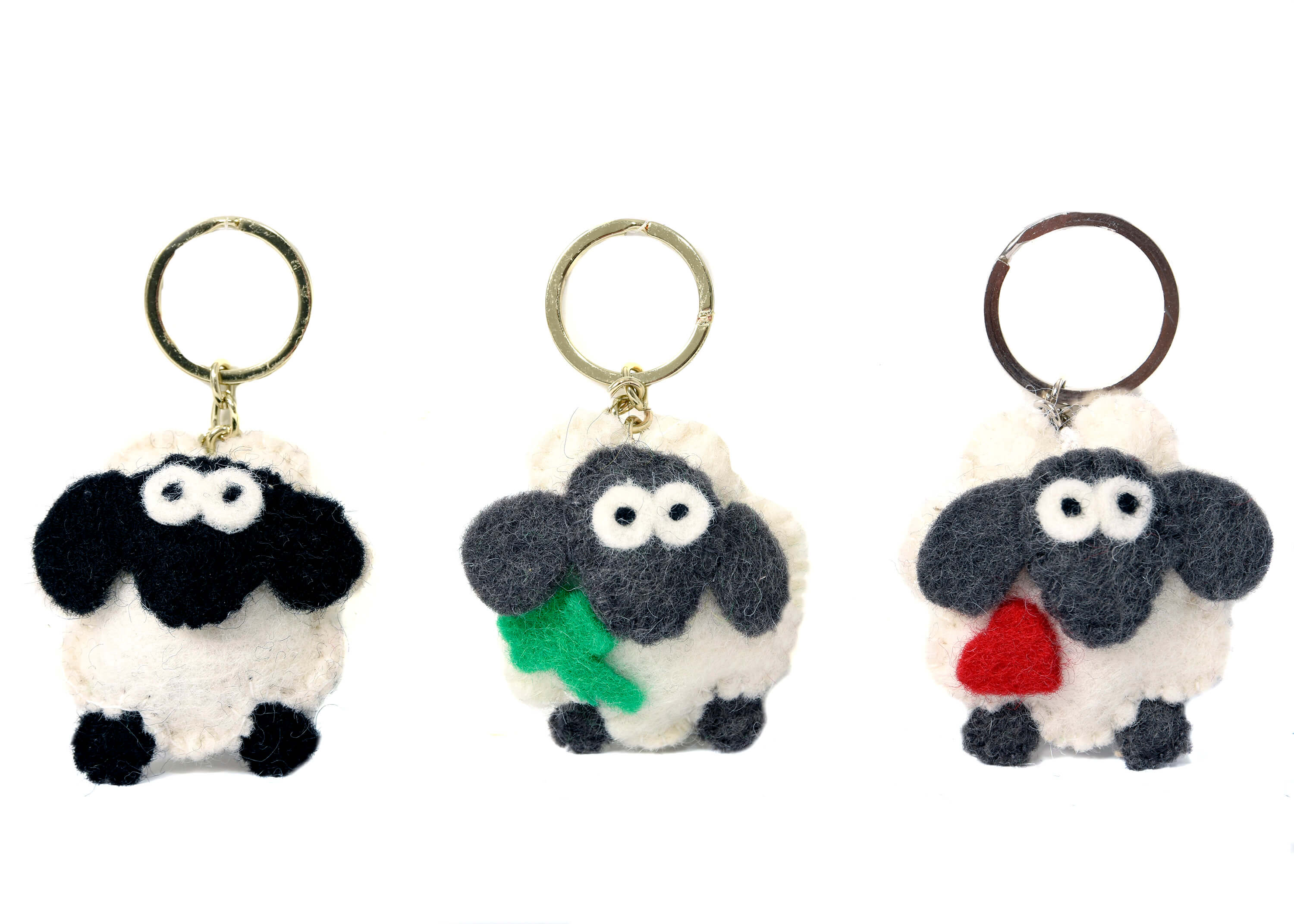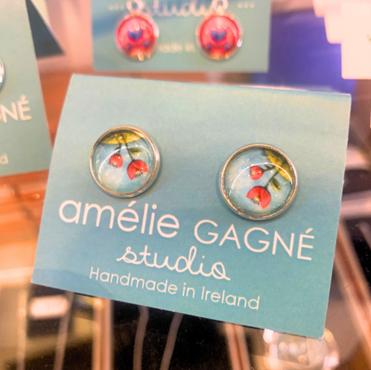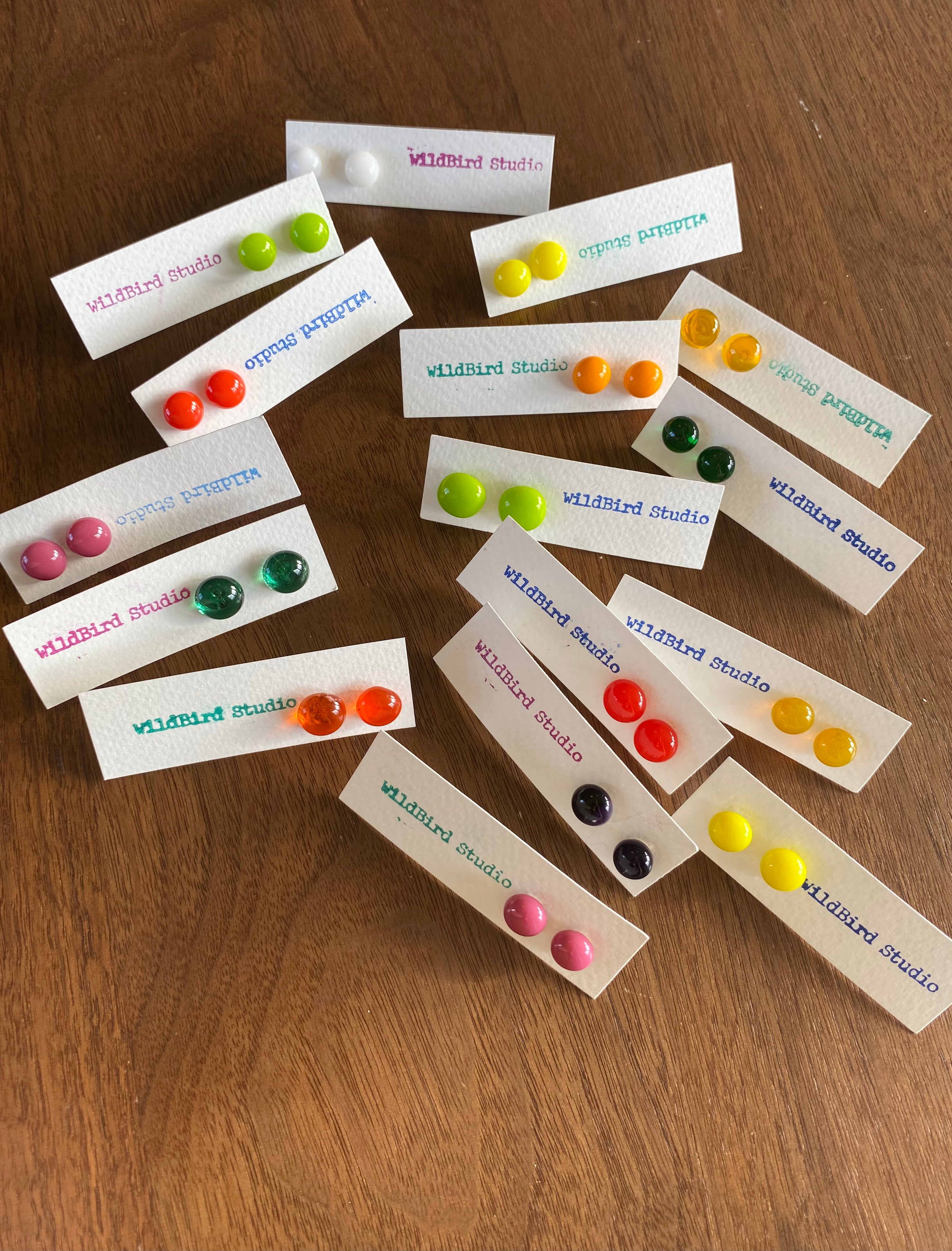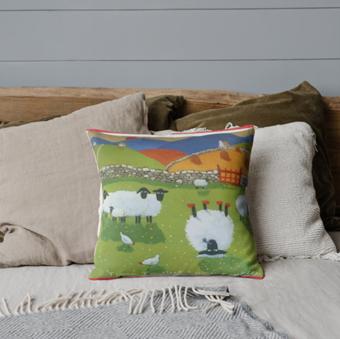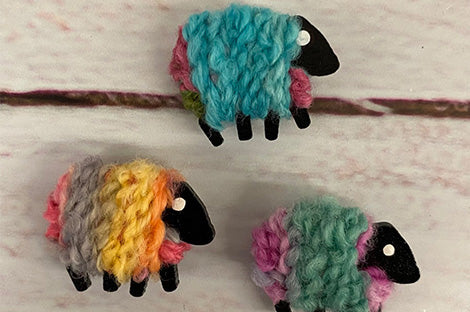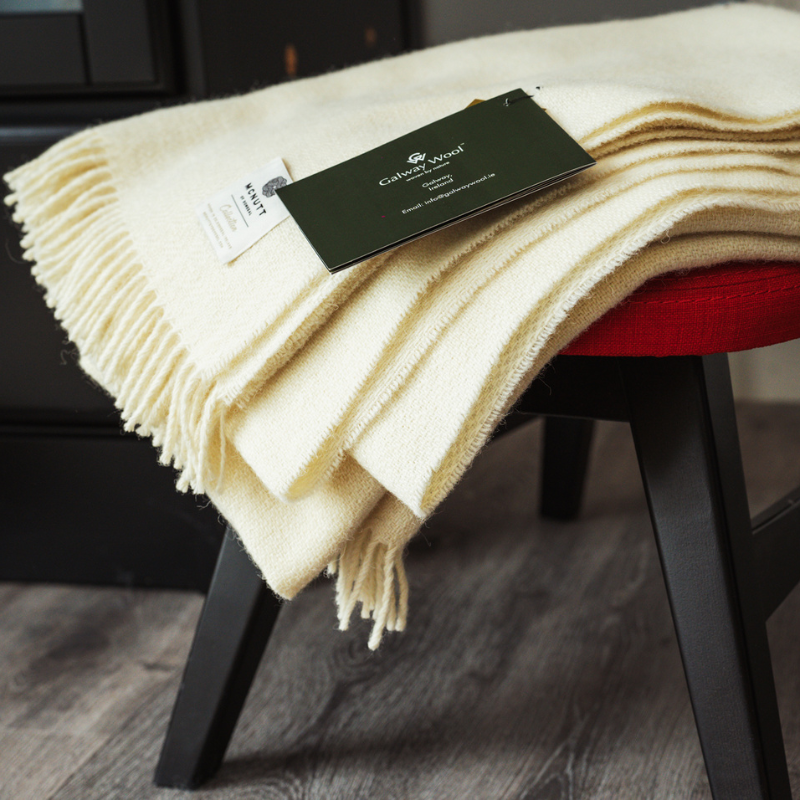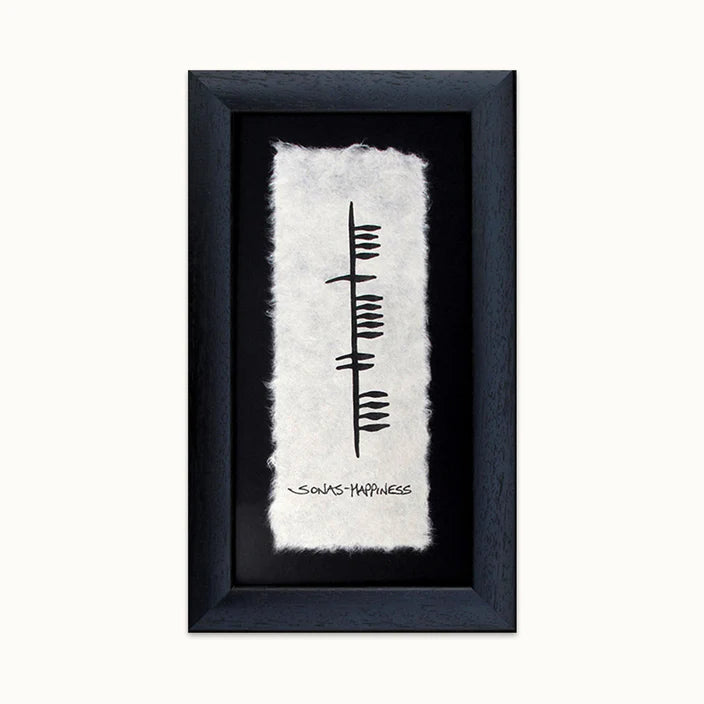Menu

History of Wool
The Wool Trade in Ireland
The first settlers in Ireland kept sheep for their wool, milk and meat, in that order of importance. Wool has always been important to the economic, political and social history of Ireland. The Brehon Laws (600-800 AD) laid down a wives settlement in case of separation or divorce. Among other things, she was entitled to keep her spindles, wool bags, needles, weaver’s reeds and a share of the thread she had spun and the cloth she had woven. There were also a series of fines imposed for stealing sheep of differing ages, with white woolled sheep being most valuable. This was because the wool could be dyed.
Cloth of Irish manufacture was much favoured by the English royalty and an Italian writer of the thirteenth century referred to “Sain d’Irlando”, a much esteemed white serge (a fabric with diagonal ridges on both sides) from Ireland. At that time Ireland supplied most of the great woollen industry of Holland and was described as the “Sheep Walk of Holland”. The Dutch industry was destroyed in that country’s conquest by Spain; its markets were taken over by England and never recovered. Ireland was then beginning to utilise water power for spinning and weaving mills and the homespun industry also flourished. Large quantities of strong woollen goods were being exported to France in the 1600s.
The export of manufactured woollens created huge competition for English wool merchants, and the English Parliament introduced anti-competition laws, which affected Ireland, Scotland and Wales. These laws at first taxed processed woollen goods heavily, and in1699 banned wool exports altogether.
In 1672 it was estimated that there were 4 million sheep in Ireland. The loss of these important export markets led to much rural poverty. The only export outlet for wool was through smuggling. Over the following century huge quantities of woven goods and even raw wool were taken by boat to France via the Isle of Man. Wine and Brandy were smuggled back to Ireland, and sold in England. Smuggling of wool and woollen goods continued into the 1800’s
Towards the end of the 1800's dreadful conditions prevailed in Ireland under the absentee landlord and tenant system. The Congested Districts Board was established in 1891 to alleviate poverty in the western counties. One of its first schemes was the development of the Irish homespun industry. This industry was still strong in places such as Donegal, but the looms used were slow and inefficient. Grants were given for the purchase of new fly shuttle looms which more than doubled production.
Spinning and weaving were common in Irish cottages in the early part of the 1900's, but gradually declined. The standard of living improved and cheap machine made clothing became affordable. Hand spinning and weaving all but disappeared after the Second World War. However, wool exports increased over the same period.
There were over 8 million sheep in Ireland by 1985. Wool was exported in huge quantities. However, the international wool market collapsed in the late 1980s. This was due to improvements in the quality of synthetic garments, such as micro-fleece jackets, and massive over-supply internationally. Within 20 years, the national flock had reduced to 3 million sheep.
Today, the cost of shearing a sheep is about ten times the value of the fleece. Irish sheep farmers, like their counterparts in most countries, are producers of meat, not wool. The wool is sold and used, but no longer plays any part in the farm economy. Much of the wool from the local Mountain Blackface Sheep is exported to China, where it is used in making rugs and carpets.
- Choosing a selection results in a full page refresh.









